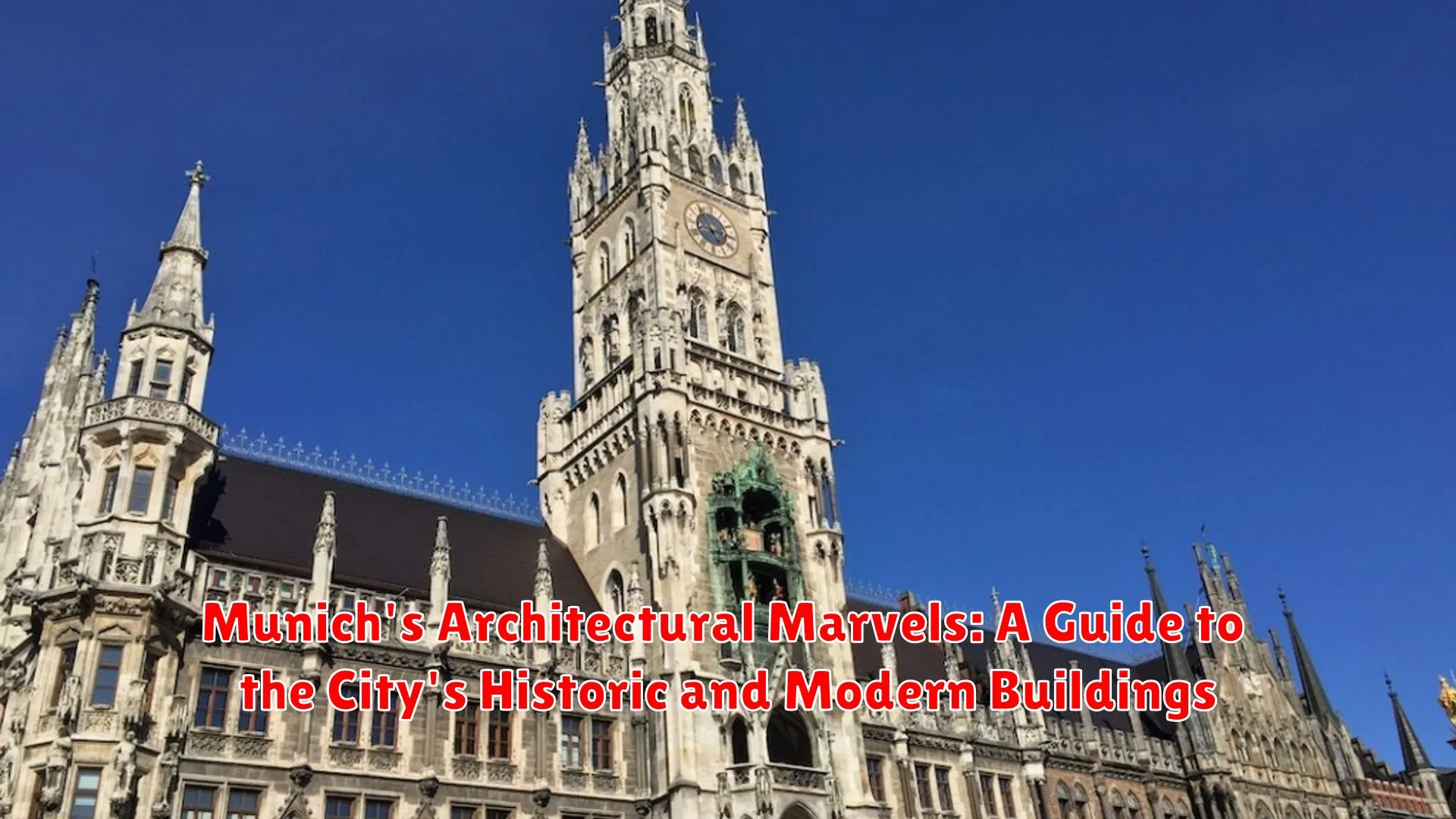Explore the blend of historic charm and modern design in Munich’s architectural marvels. From iconic landmarks like Neues Rathaus to cutting-edge structures like BMW Welt, immerse yourself in the rich architectural heritage of this vibrant city.
The Gothic Splendor of Munich’s Cathedrals
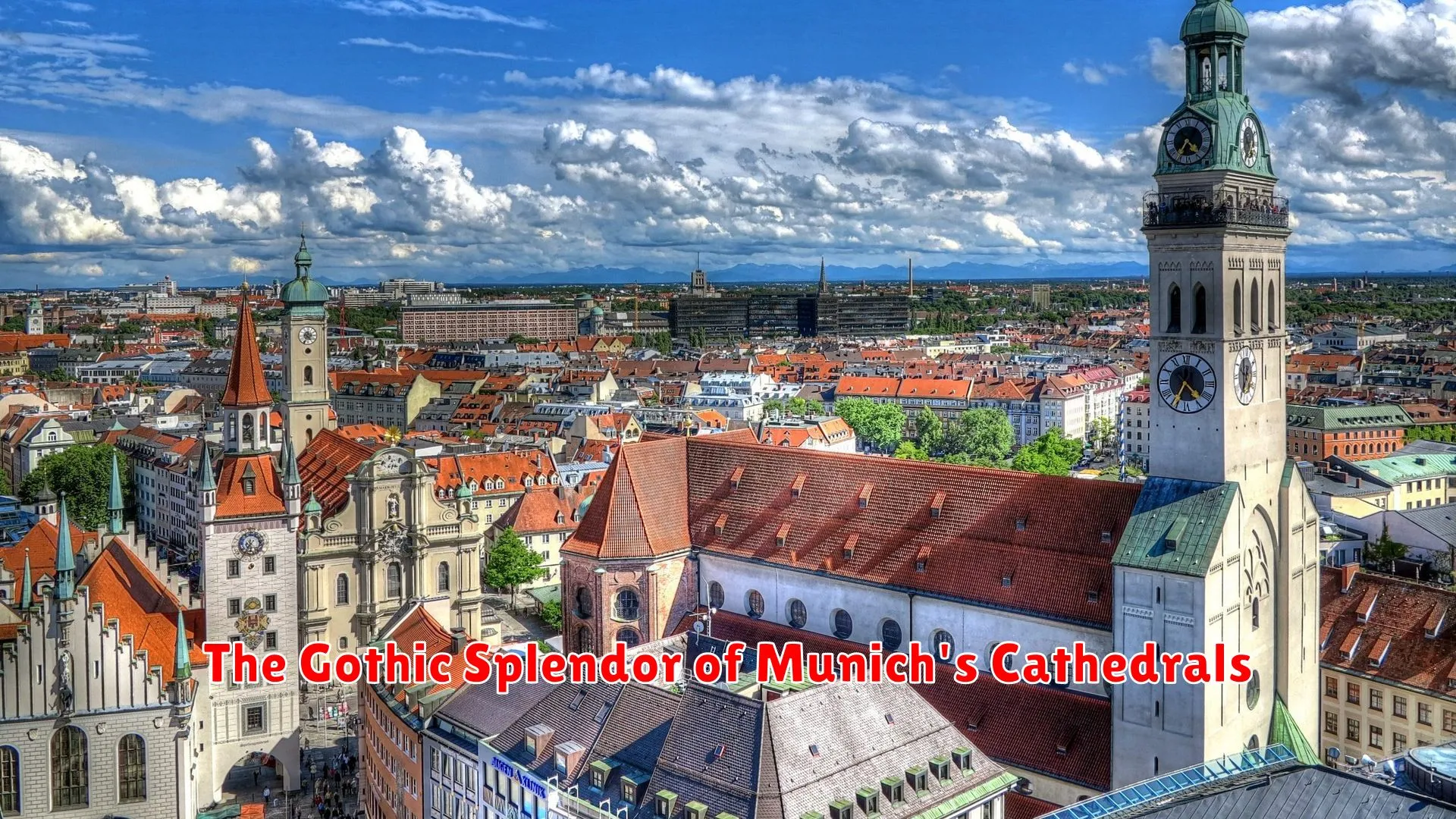
In the charming city of Munich, amidst its architectural marvels, stand the breathtaking cathedrals that showcase a gothic splendor. These historic structures not only serve as religious centers but also offer a glimpse into the city’s rich cultural heritage.
One of the most notable cathedrals in Munich is the Frauenkirche, also known as the Cathedral of Our Dear Lady. Its twin towers dominate the city skyline and provide a striking example of Gothic architecture. The interior of the Frauenkirche is equally impressive, with intricate stained glass windows and ornate decorations.
Another must-visit cathedral in Munich is the St. Peter’s Church, commonly referred to as Alter Peter. Climb the church tower for panoramic views of the city and marvel at the impressive organ inside the church. The blend of Gothic and Baroque elements in St. Peter’s Church creates a unique and captivating atmosphere.
For those interested in a more modern interpretation of Gothic architecture, the Theatine Church is a must-see. This 17th-century church features a striking yellow facade and impressive domed roof, offering a refreshing take on traditional Gothic design.
Exploring the Gothic splendor of Munich’s cathedrals is a journey through time and artistry, providing visitors with a deeper appreciation for the city’s architectural legacy.
The Sleek Design of BMW Welt
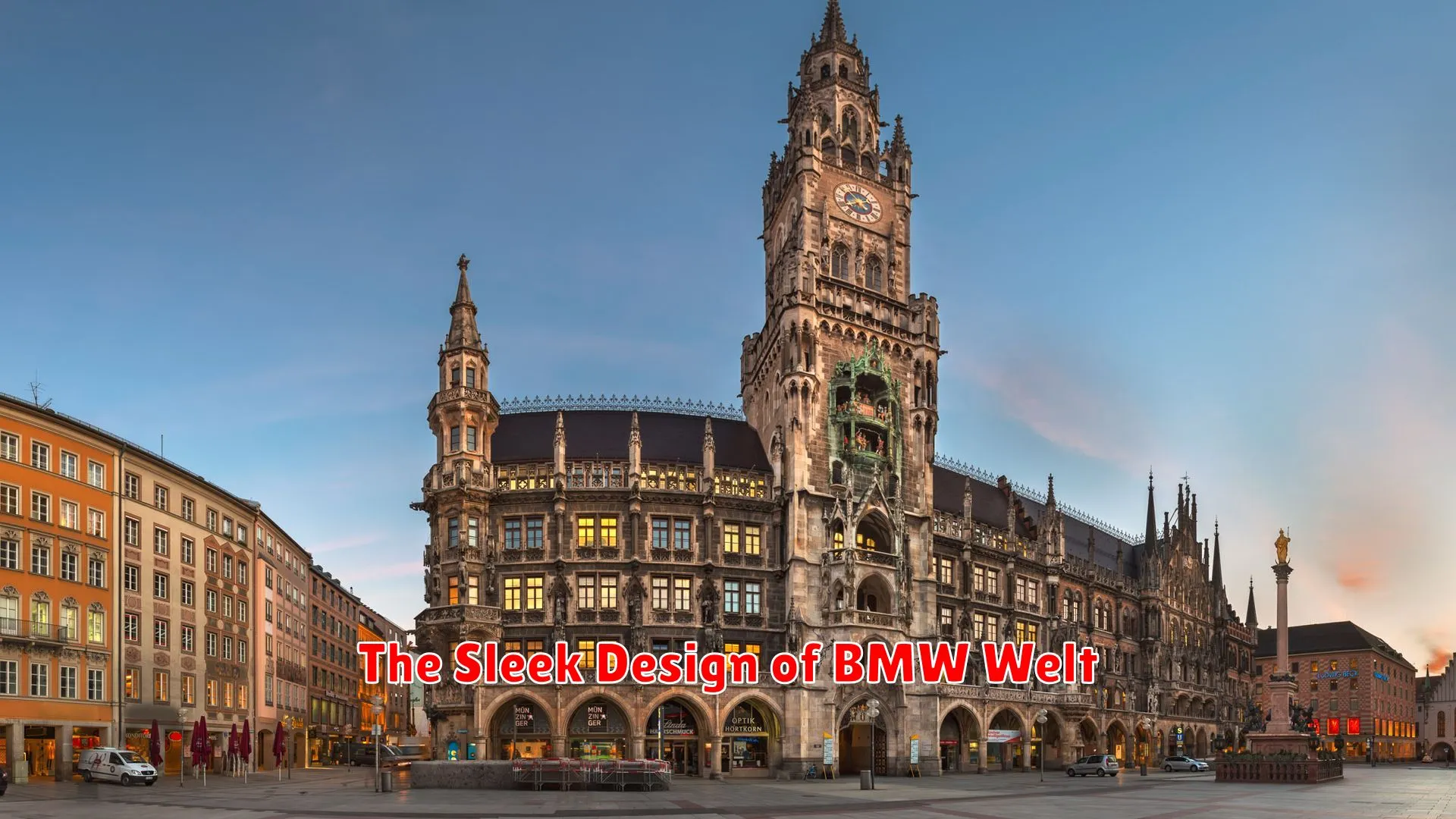
BMW Welt, located in Munich, is a true architectural marvel that showcases the sleek and modern design aesthetic synonymous with the BMW brand. This impressive structure serves as a delivery center, museum, and exhibition space all in one, offering visitors a unique and immersive experience.
As you approach BMW Welt, you are immediately struck by its futuristic facade, characterized by sharp angles, glass panels, and a distinctive double-cone shape. The building’s design, created by Coop Himmelb(l)au, reflects BMW’s commitment to innovation and cutting-edge technology.
Upon entering BMW Welt, you are greeted by a spacious and light-filled interior, designed to evoke a sense of luxury and sophistication. The sleek lines, minimalistic interiors, and high-tech installations all contribute to the overall modern aesthetic of the space.
One of the highlights of BMW Welt is the impressive double helix staircase, a stunning architectural feature that serves both functional and aesthetic purposes. This iconic staircase symbolizes the intertwining of tradition and innovation within the BMW brand.
Visitors to BMW Welt can not only admire the architectural beauty of the building but also explore the rich history and innovation that define BMW as a global automotive leader. The blend of history, design, and technology makes BMW Welt a must-see destination for architecture and automotive enthusiasts alike.
Blending History with Modernity
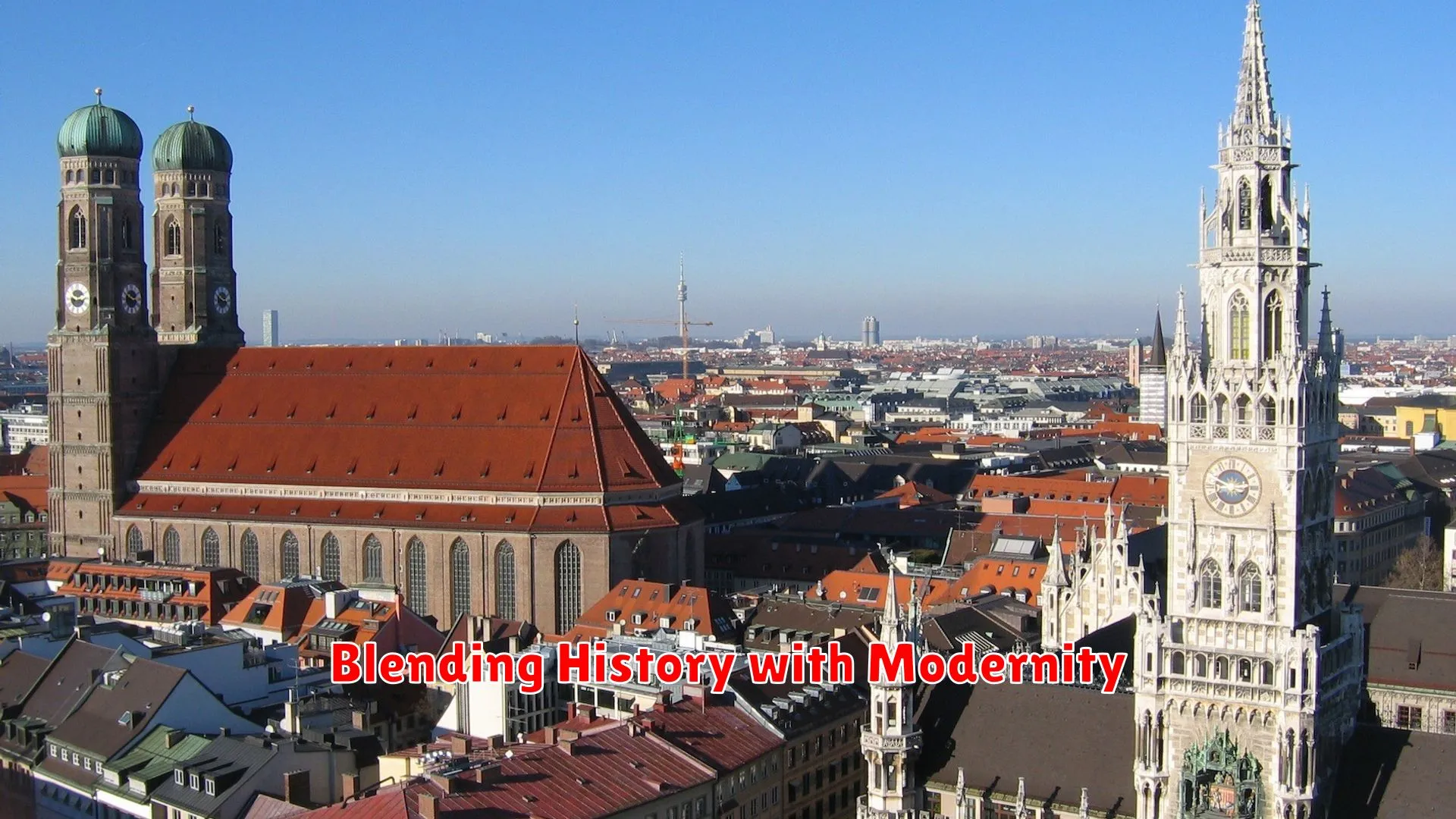
In Munich, a city known for its rich history and vibrant contemporary culture, the architectural landscape seamlessly blends heritage structures with modern buildings, creating a captivating fusion of past and present.
Exploring Munich’s architectural marvels offers a glimpse into the city’s evolution, where historic landmarks stand alongside innovative designs, showcasing a harmonious coexistence of tradition and innovation.
Walking through the streets of Munich, one can admire iconic structures such as the Neues Rathaus (New Town Hall), a stunning Gothic Revival building that contrasts with the sleek lines of the BMW Welt, a modern architectural masterpiece symbolizing the city’s prowess in design and technology.
Visitors can also experience the blend of old and new at the Pinakothek der Moderne, a museum complex that houses impressive collections of modern art within a striking contemporary building while being adjacent to the Alte Pinakothek, a renowned repository of historic paintings.
From the magnificent Frauenkirche to the futuristic Allianz Arena, Munich’s architectural wonders offer a unique journey through time, where the past converges with the present in a celebration of architectural diversity and creativity.
Tips for Architectural Photography
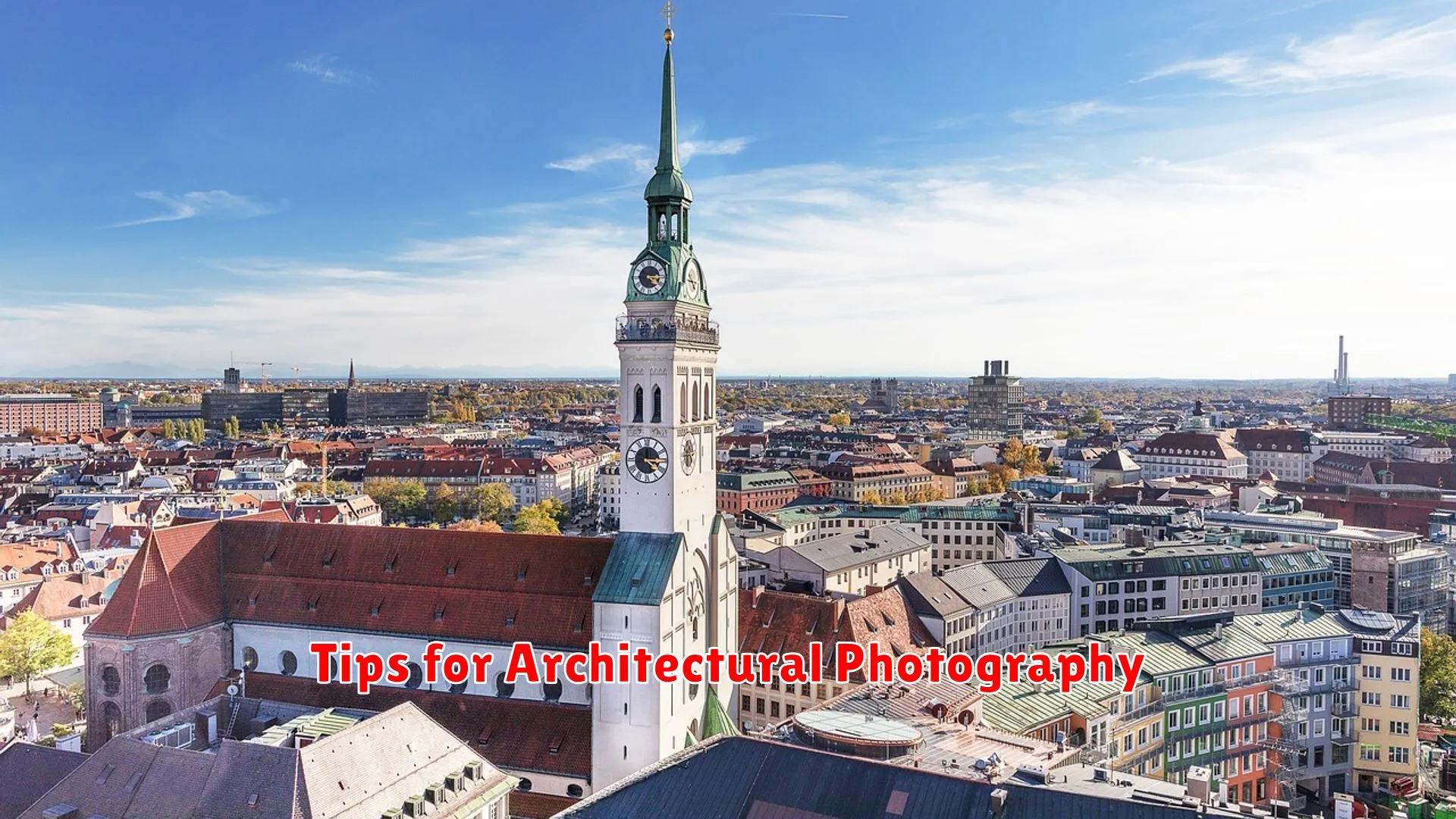
Architectural photography is a captivating art that allows you to capture the beauty and essence of buildings through your lens. When exploring Munich’s architectural marvels, it’s important to keep these tips in mind to enhance your photography skills and produce stunning visual content.
1. Utilize Natural Light
Make the most of natural light when photographing historic and modern buildings in Munich. Early mornings and late afternoons often provide the best lighting conditions, creating soft shadows and enhancing the textures of the architecture.
2. Find Unique Angles
Experiment with different angles and perspectives to showcase the distinctive features of each building. Consider capturing shots from the ground up or from elevated vantage points to add depth and interest to your photographs.
3. Pay Attention to Details
Focus on the intricate details and design elements of the buildings. Look for patterns, textures, and architectural motifs that tell a story and convey the character of the structures you are photographing.
4. Include People for Scale
Adding people to your architectural shots can provide a sense of scale and help viewers appreciate the grandiosity of the buildings. Consider including individuals walking by or interacting with the architecture to add a human element to your photographs.
5. Experiment with Editing
Post-processing can enhance the mood and visual impact of your architectural photos. Experiment with different editing techniques to emphasize colors, contrast, and composition while maintaining the authenticity of the architectural subjects.
Exploring Munich’s Artistic Neighborhoods
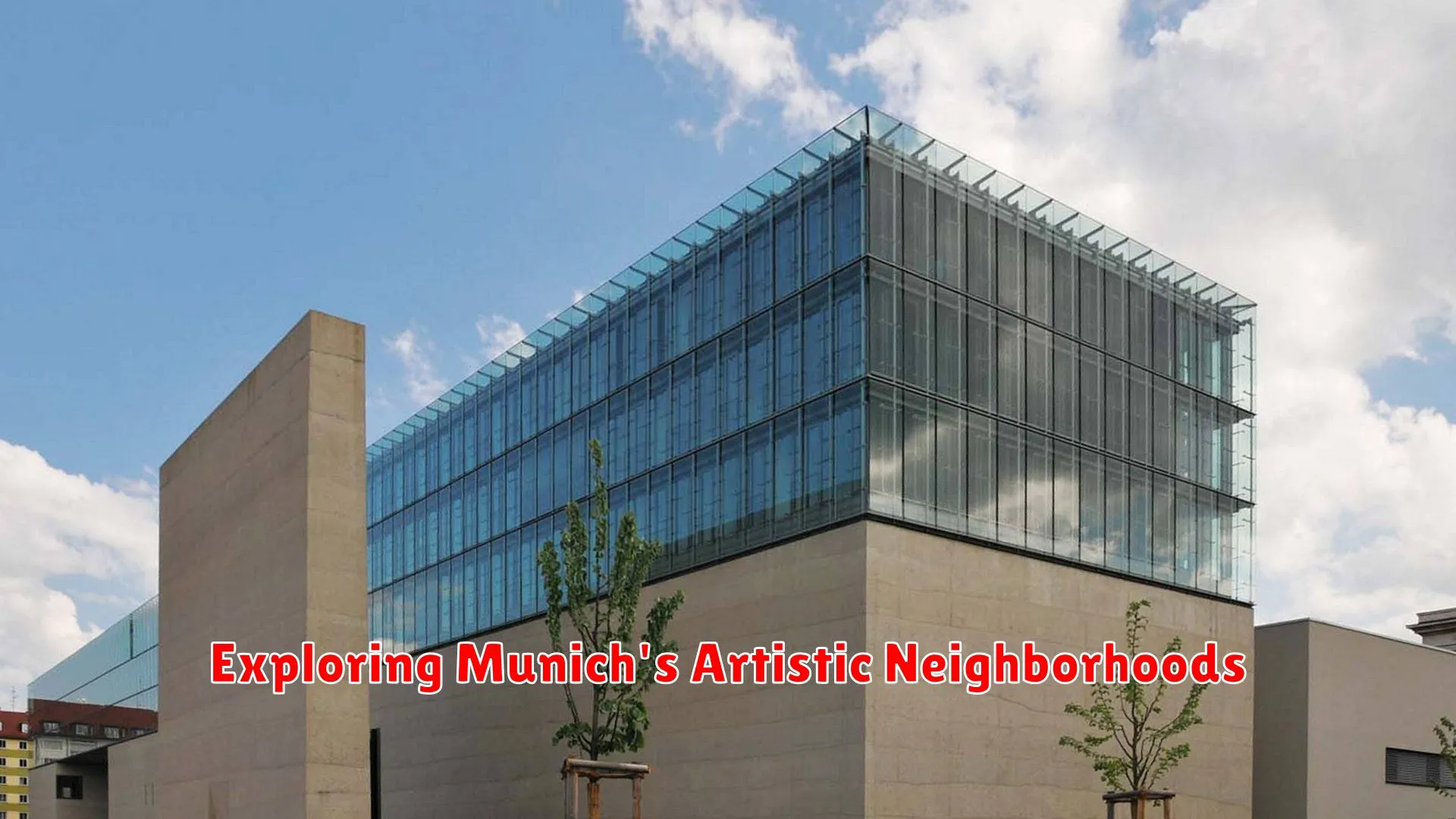
When visiting Munich, don’t miss the opportunity to explore its vibrant and eclectic artistic neighborhoods which play a significant role in the city’s cultural scene. These neighborhoods are not only known for their historical significance but also for their modern artistic expressions that continue to attract visitors from all over the world.
Schwabing is a neighborhood in Munich that has long been associated with the city’s artistic community. In the late 19th and early 20th centuries, Schwabing was a hub for artists, writers, and intellectuals, including luminaries such as Wassily Kandinsky and Franz Marc. Today, the area still retains its bohemian charm with numerous galleries, boutiques, and cafes showcasing contemporary artwork.
Haidhausen is another neighborhood that is worth exploring for art enthusiasts. This area is known for its diverse art scene, with galleries featuring a wide range of styles and mediums. Visitors can wander through the streets of Haidhausen and discover hidden gems such as street art, public installations, and art studios.
If you’re interested in modern art, be sure to visit the Gärtnerplatzviertel neighborhood. This area is home to numerous contemporary art galleries and design studios showcasing the work of local and international artists. The vibrant and avant-garde atmosphere of Gärtnerplatzviertel makes it a must-visit destination for anyone interested in cutting-edge artistic expressions.
Exploring Munich’s artistic neighborhoods not only offers a glimpse into the city’s creative pulse but also provides a deeper understanding of its rich cultural heritage. Whether you’re a seasoned art enthusiast or simply appreciate creativity, these neighborhoods are sure to inspire and captivate you with their unique offerings.
Conclusion
Exploring Munich’s architectural wonders offers a vibrant blend of historic masterpieces and modern marvels, showcasing the city’s rich cultural tapestry. From iconic landmarks like Neues Rathaus to contemporary gems like BMW Welt, Munich truly captivates with its diverse architectural landscape.

